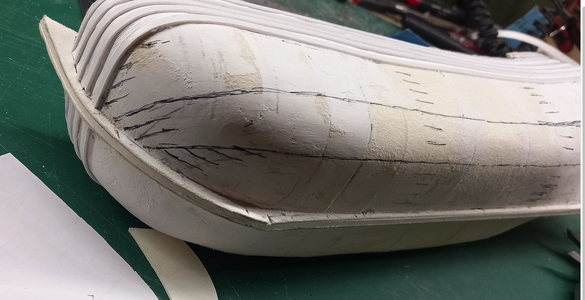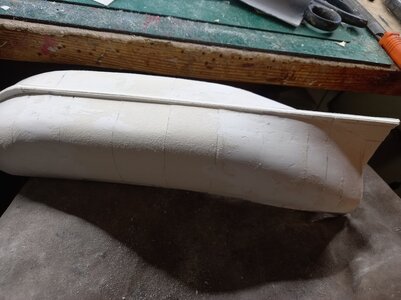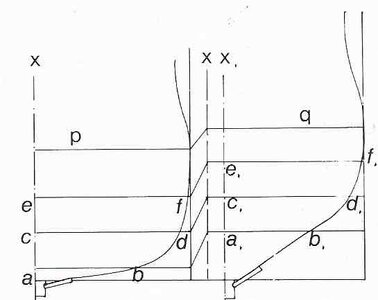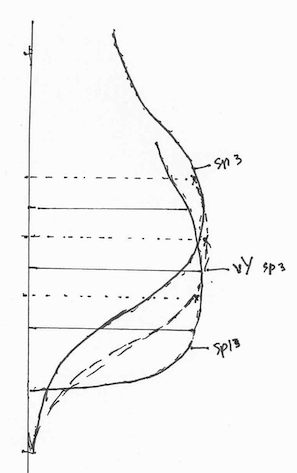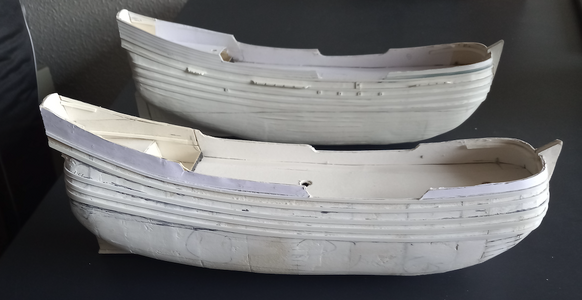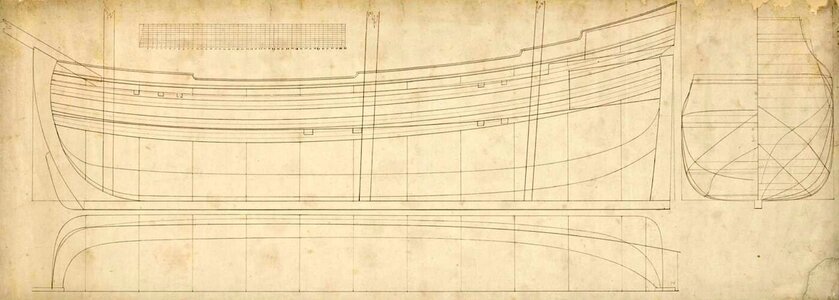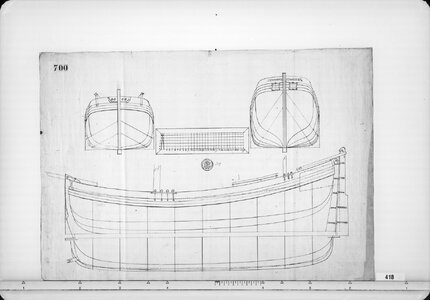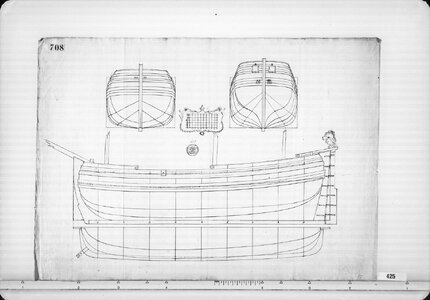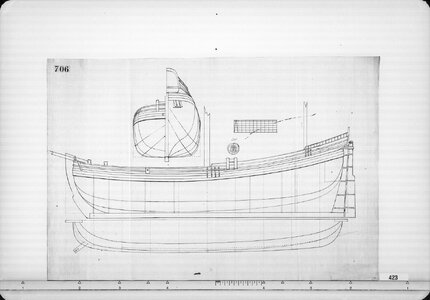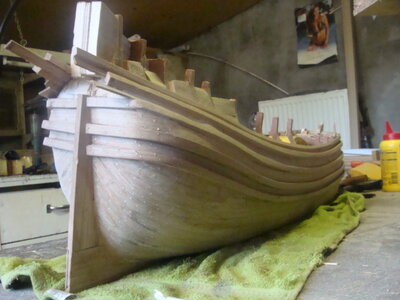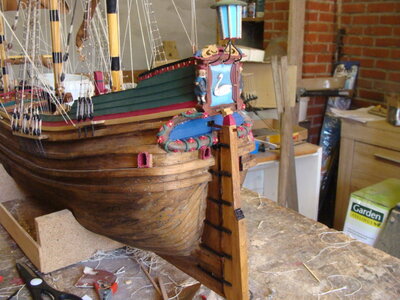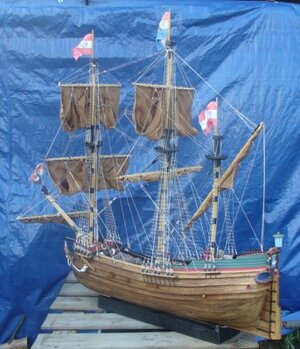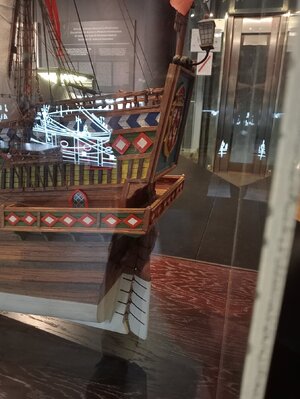Finally the work on the fluyt continues.
But before building first a dismanteling. During the build and after discussions I had with Ab the designed underwater part of the stern is too slim and would create insufficient bouyancy.
Based on Van Yk I am designing a new stern frame. I am also redrawing the design of the critical ship components in Fusion 360.
Secondly I had some issues with the planking of the bow and I found out that the zandstrook the first plank along the keel is not running far enough along the bow section. The result of this is that the first kim gang (bilge plank) is curved too much.
In the comming posts I will show you what the changes will be to solve this.
Below the first results of the hull demolition. With some Aceton you can easily disolve the PVA glue and remove the planks.
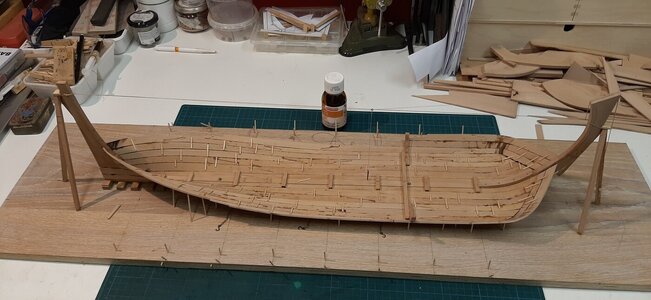
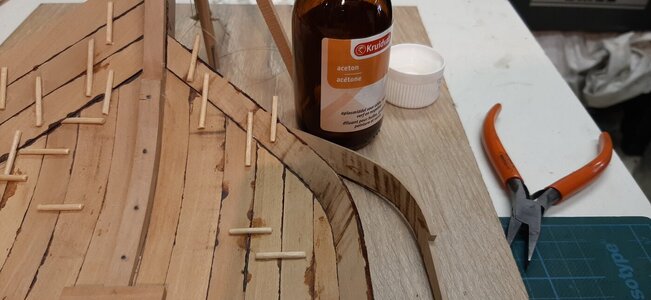
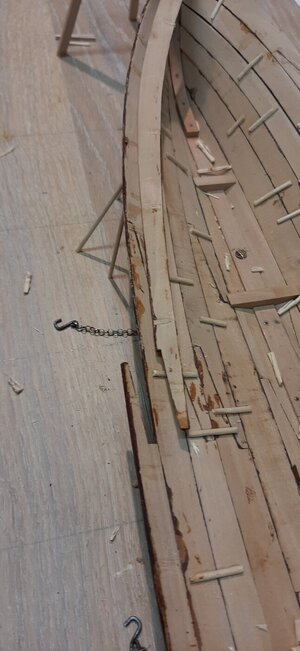
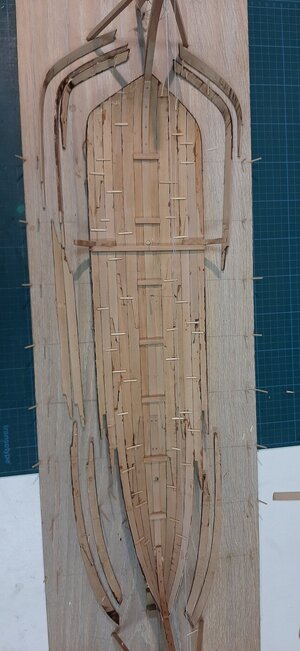
But before building first a dismanteling. During the build and after discussions I had with Ab the designed underwater part of the stern is too slim and would create insufficient bouyancy.
Based on Van Yk I am designing a new stern frame. I am also redrawing the design of the critical ship components in Fusion 360.
Secondly I had some issues with the planking of the bow and I found out that the zandstrook the first plank along the keel is not running far enough along the bow section. The result of this is that the first kim gang (bilge plank) is curved too much.
In the comming posts I will show you what the changes will be to solve this.
Below the first results of the hull demolition. With some Aceton you can easily disolve the PVA glue and remove the planks.













